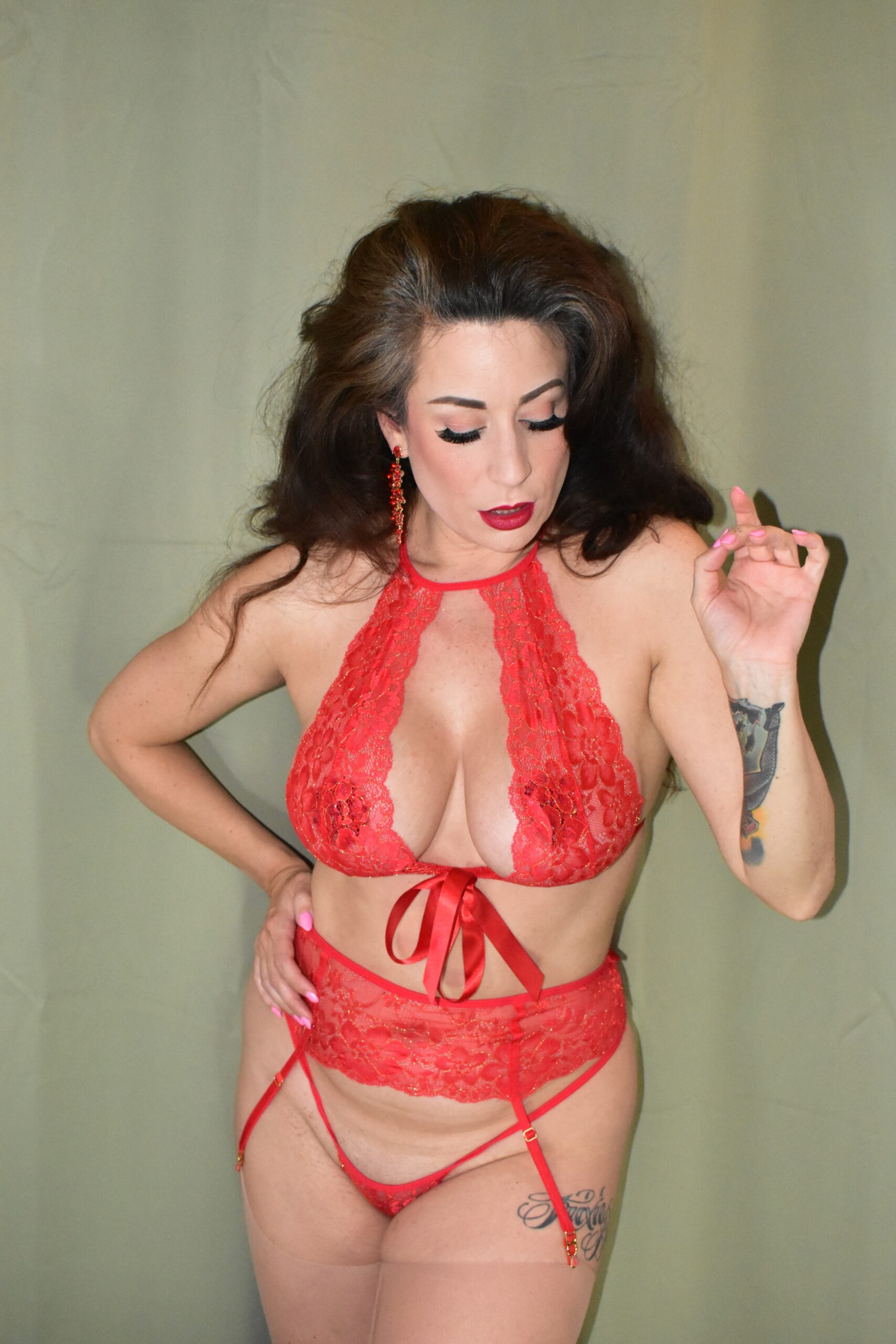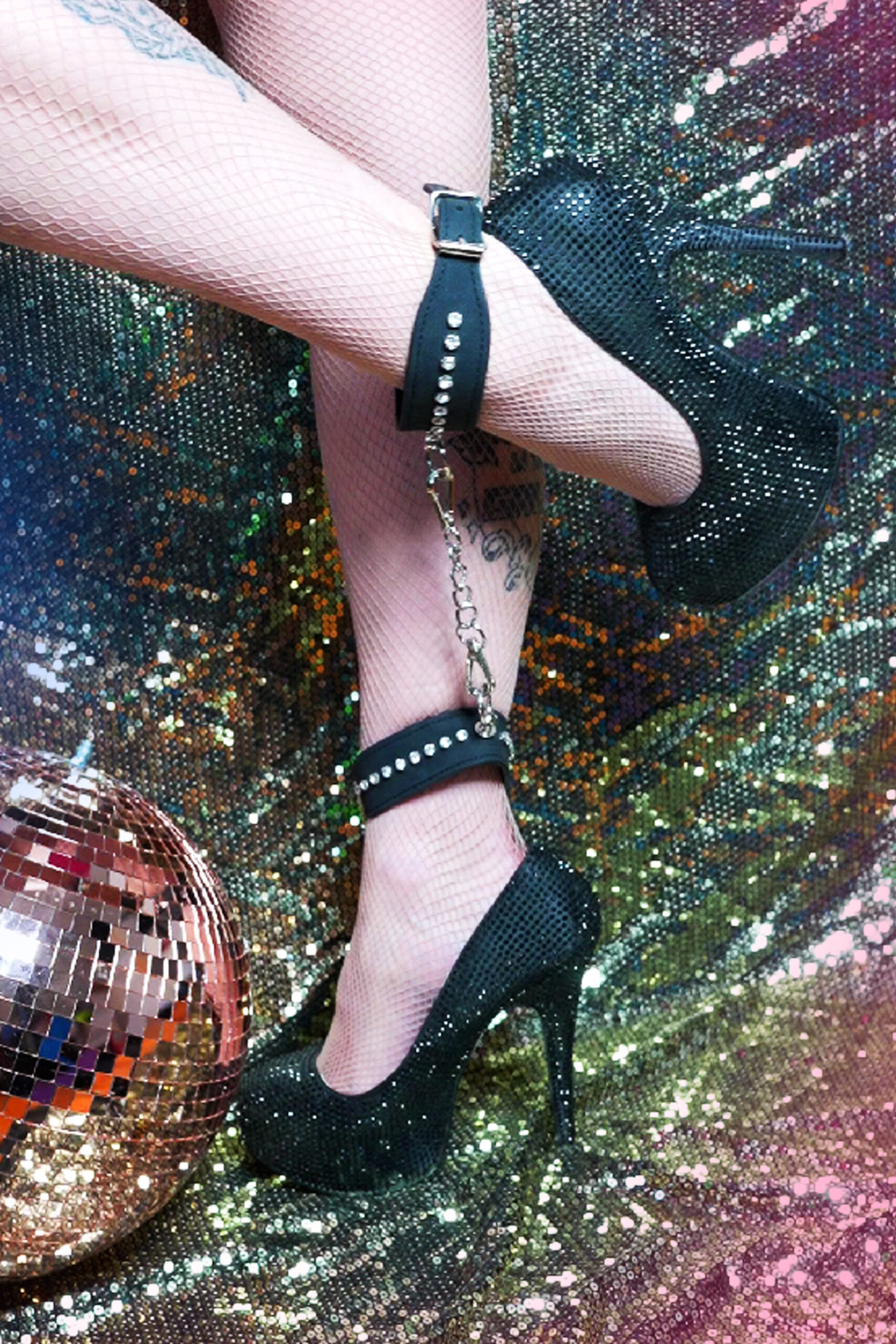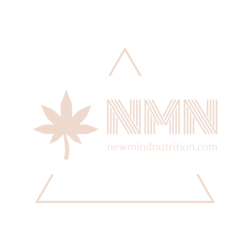Understanding Genderqueer Identity
Navigating a world steeped in traditional notions of male and female can be challenging for those whose gender identity falls outside these strict binaries. Genderqueer individuals challenge the very foundation of this societal construct, embracing a fluidity and expansiveness that transcends the limitations of “man” or “woman.” Understanding genderqueer identity requires dismantling rigid expectations and recognizing the diversity of human experience.
Challenging Binary Norms
Genderqueer individuals reject the confines of the male/female binary, choosing instead to define their own gender identities. This can manifest in a variety of ways, from identifying as both male and female simultaneously, to falling somewhere outside the spectrum entirely. For some, it’s about rejecting labels altogether and embracing fluidity. Genderqueer people may express their identity through clothing, language, and behavior, creating unique and authentic expressions that defy societal norms.
The world often struggles to accommodate identities that deviate from its established framework. Genderqueer individuals frequently face misunderstandings, prejudice, and discrimination. It’s crucial to remember that gender is a deeply personal experience, and understanding genderqueer identity requires empathy and respect for individual experiences. By challenging binary thinking and embracing diversity, we can create a more inclusive and equitable society.
Beyond Male and Female
Navigating a world steeped in traditional notions of male and female can be challenging for those whose gender identity falls outside these strict binaries. Genderqueer individuals challenge the very foundation of this societal construct, embracing a fluidity and expansiveness that transcends the limitations of “man” or “woman.” Understanding genderqueer identity requires dismantling rigid expectations and recognizing the diversity of human experience.
Genderqueer individuals reject the confines of the male/female binary, choosing instead to define their own gender identities. This can manifest in a variety of ways, from identifying as both male and female simultaneously, to falling somewhere outside the spectrum entirely. For some, it’s about rejecting labels altogether and embracing fluidity. Genderqueer people may express their identity through clothing, language, and behavior, creating unique and authentic expressions that defy societal norms.
The world often struggles to accommodate identities that deviate from its established framework. Genderqueer individuals frequently face misunderstandings, prejudice, and discrimination. It’s crucial to remember that gender is a deeply personal experience, and understanding genderqueer identity requires empathy and respect for individual experiences. By challenging binary thinking and embracing diversity, we can create a more inclusive and equitable society.
- Some common terms used by genderqueer individuals include:
- Agender: Lacking a gender identity
- Bigender: Identifying as both male and female
- Genderfluid: Experiencing shifts in gender identity over time
- Non-binary: Identifying outside the male/female binary
Expression and Experience
Navigating a world steeped in traditional notions of male and female can be challenging for those whose gender identity falls outside these strict binaries. Genderqueer individuals challenge the very foundation of this societal construct, embracing a fluidity and expansiveness that transcends the limitations of “man” or “woman.” Understanding genderqueer identity requires dismantling rigid expectations and recognizing the diversity of human experience.
Genderqueer individuals reject the confines of the male/female binary, choosing instead to define their own gender identities. This can manifest in a variety of ways, from identifying as both male and female simultaneously, to falling somewhere outside the spectrum entirely. For some, it’s about rejecting labels altogether and embracing fluidity. Genderqueer people may express their identity through clothing, language, and behavior, creating unique and authentic expressions that defy societal norms.
The world often struggles to accommodate identities that deviate from its established framework. Genderqueer individuals frequently face misunderstandings, prejudice, and discrimination. It’s crucial to remember that gender is a deeply personal experience, and understanding genderqueer identity requires empathy and respect for individual experiences. By challenging binary thinking and embracing diversity, we can create a more inclusive and equitable society.

- Some common terms used by genderqueer individuals include:
- Agender: Lacking a gender identity
- Bigender: Identifying as both male and female
- Genderfluid: Experiencing shifts in gender identity over time
- Non-binary: Identifying outside the male/female binary
Navigating a Binary World
In a world rigidly defined by binary notions of male and female, genderqueer individuals challenge these restrictive boundaries. Embracing fluidity and defying societal norms, they carve out spaces for self-expression that transcend the limitations of traditional gender constructs.
Language Barriers
Navigating a world steeped in traditional notions of male and female can be challenging for those whose gender identity falls outside these strict binaries. Genderqueer individuals challenge the very foundation of this societal construct, embracing a fluidity and expansiveness that transcends the limitations of “man” or “woman.” Understanding genderqueer identity requires dismantling rigid expectations and recognizing the diversity of human experience.
Genderqueer individuals reject the confines of the male/female binary, choosing instead to define their own gender identities. This can manifest in a variety of ways, from identifying as both male and female simultaneously, to falling somewhere outside the spectrum entirely. For some, it’s about rejecting labels altogether and embracing fluidity. Genderqueer people may express their identity through clothing, language, and behavior, creating unique and authentic expressions that defy societal norms.
The world often struggles to accommodate identities that deviate from its established framework. Genderqueer individuals frequently face misunderstandings, prejudice, and discrimination. It’s crucial to remember that gender is a deeply personal experience, and understanding genderqueer identity requires empathy and respect for individual experiences. By challenging binary thinking and embracing diversity, we can create a more inclusive and equitable society.
- Some common terms used by genderqueer individuals include:
- Agender: Lacking a gender identity
- Bigender: Identifying as both male and female
- Genderfluid: Experiencing shifts in gender identity over time
- Non-binary: Identifying outside the male/female binary

In a world rigidly defined by binary notions of male and female, genderqueer individuals challenge these restrictive boundaries. Embracing fluidity and defying societal norms, they carve out spaces for self-expression that transcend the limitations of traditional gender constructs.
Social Expectations
Navigating a world steeped in traditional notions of male and female can be challenging for those whose gender identity falls outside these strict binaries. Genderqueer individuals challenge the very foundation of this societal construct, embracing a fluidity and expansiveness that transcends the limitations of “man” or “woman.” Understanding genderqueer identity requires dismantling rigid expectations and recognizing the diversity of human experience.
Genderqueer individuals reject the confines of the male/female binary, choosing instead to define their own gender identities. This can manifest in a variety of ways, from identifying as both male and female simultaneously, to falling somewhere outside the spectrum entirely. For some, it’s about rejecting labels altogether and embracing fluidity. Genderqueer people may express their identity through clothing, language, and behavior, creating unique and authentic expressions that defy societal norms.
The world often struggles to accommodate identities that deviate from its established framework. Genderqueer individuals frequently face misunderstandings, prejudice, and discrimination. It’s crucial to remember that gender is a deeply personal experience, and understanding genderqueer identity requires empathy and respect for individual experiences. By challenging binary thinking and embracing diversity, we can create a more inclusive and equitable society.
- Some common terms used by genderqueer individuals include:
- Agender: Lacking a gender identity
- Bigender: Identifying as both male and female
- Genderfluid: Experiencing shifts in gender identity over time
- Non-binary: Identifying outside the male/female binary
In a world rigidly defined by binary notions of male and female, genderqueer individuals challenge these restrictive boundaries. Embracing fluidity and defying societal norms, they carve out spaces for self-expression that transcend the limitations of traditional gender constructs.
Coming Out and Disclosure
Navigating a world steeped in traditional notions of male and female can be challenging for those whose gender identity falls outside these strict binaries. Genderqueer individuals challenge the very foundation of this societal construct, embracing a fluidity and expansiveness that transcends the limitations of “man” or “woman.” Understanding genderqueer identity requires dismantling rigid expectations and recognizing the diversity of human experience.
Genderqueer individuals reject the confines of the male/female binary, choosing instead to define their own gender identities. This can manifest in a variety of ways, from identifying as both male and female simultaneously, to falling somewhere outside the spectrum entirely. For some, it’s about rejecting labels altogether and embracing fluidity. Genderqueer people may express their identity through clothing, language, and behavior, creating unique and authentic expressions that defy societal norms.
The world often struggles to accommodate identities that deviate from its established framework. Genderqueer individuals frequently face misunderstandings, prejudice, and discrimination. It’s crucial to remember that gender is a deeply personal experience, and understanding genderqueer identity requires empathy and respect for individual experiences. By challenging binary thinking and embracing diversity, we can create a more inclusive and equitable society.
Some common terms used by genderqueer individuals include:
- Agender: Lacking a gender identity
- Bigender: Identifying as both male and female
- Genderfluid: Experiencing shifts in gender identity over time
- Non-binary: Identifying outside the male/female binary
In a world rigidly defined by binary notions of male and female, genderqueer individuals challenge these restrictive boundaries. Embracing fluidity and defying societal norms, they carve out spaces for self-expression that transcend the limitations of traditional gender constructs.
Embracing Intersectionality
In a world that prizes conformity to rigid gender binaries, understanding genderqueer identities is crucial for fostering a more inclusive and equitable society. Genderqueer individuals challenge these traditional notions, embracing fluidity and diversity in their self-expression. This exploration delves into what it means to navigate the complexities of gender outside societal norms, illuminating the experiences, challenges, and triumphs of those who choose to define themselves beyond the limitations of “male” or “female.”

Race, Class, and Ability
Embracing intersectionality is vital when discussing gender identity. Gender intersects with other aspects of a person’s identity, such as race, class, and ability. These intersecting identities shape an individual’s experiences and create unique challenges and opportunities. For example, a Black, transgender woman may face different forms of discrimination compared to a white, transgender woman.
Recognizing the interplay of these identities allows us to understand the complexities of lived experiences. It compels us to move beyond singular understandings of identity and acknowledge the multifaceted nature of individuals. This intersectional approach is crucial for creating truly inclusive spaces that respect and celebrate the diversity within genderqueer communities.
Queerness Within the Genderqueer Community
In a world that prizes conformity to rigid gender binaries, understanding genderqueer identities is crucial for fostering a more inclusive and equitable society. Genderqueer individuals challenge these traditional notions, embracing fluidity and diversity in their self-expression. This exploration delves into what it means to navigate the complexities of gender outside societal norms, illuminating the experiences, challenges, and triumphs of those who choose to define themselves beyond the limitations of “male” or “female.”
Embracing intersectionality is vital when discussing gender identity. Gender intersects with other aspects of a person’s identity, such as race, class, and ability. These intersecting identities shape an individual’s experiences and create unique challenges and opportunities. For example, a Black, transgender woman may face different forms of discrimination compared to a white, transgender woman.
Recognizing the interplay of these identities allows us to understand the complexities of lived experiences. It compels us to move beyond singular understandings of identity and acknowledge the multifaceted nature of individuals. This intersectional approach is crucial for creating truly inclusive spaces that respect and celebrate the diversity within genderqueer communities.
Creating Inclusive Spaces
In a world rigidly defined by binary notions of male and female, genderqueer individuals challenge these restrictive boundaries. Embracing fluidity and defying societal norms, they carve out spaces for self-expression that transcend the limitations of traditional gender constructs.
Navigating a world steeped in traditional notions of male and female can be challenging for those whose gender identity falls outside these strict binaries. Genderqueer individuals challenge the very foundation of this societal construct, embracing a fluidity and expansiveness that transcends the limitations of “man” or “woman.” Understanding genderqueer identity requires dismantling rigid expectations and recognizing the diversity of human experience.
Genderqueer individuals reject the confines of the male/female binary, choosing instead to define their own gender identities. This can manifest in a variety of ways, from identifying as both male and female simultaneously, to falling somewhere outside the spectrum entirely. For some, it’s about rejecting labels altogether and embracing fluidity. Genderqueer people may express their identity through clothing, language, and behavior, creating unique and authentic expressions that defy societal norms.
The world often struggles to accommodate identities that deviate from its established framework. Genderqueer individuals frequently face misunderstandings, prejudice, and discrimination. It’s crucial to remember that gender is a deeply personal experience, and understanding genderqueer identity requires empathy and respect for individual experiences. By challenging binary thinking and embracing diversity, we can create a more inclusive and equitable society.
Some common terms used by genderqueer individuals include:
- Agender: Lacking a gender identity
- Bigender: Identifying as both male and female
- Genderfluid: Experiencing shifts in gender identity over time
- Non-binary: Identifying outside the male/female binary
In a world rigidly defined by binary notions of male and female, genderqueer individuals challenge these restrictive boundaries. Embracing fluidity and defying societal norms, they carve out spaces for self-expression that transcend the limitations of traditional gender constructs.
Resources and Support
Understanding genderqueer identities is crucial in our journey towards creating a more inclusive society. Genderqueer individuals exist outside the confines of the male/female binary, defining their own unique gender experiences. This can mean identifying as both genders, falling somewhere outside the spectrum entirely, or embracing fluidity and change over time. Their expressions often defy traditional norms, challenging societal expectations and paving the way for a more diverse and accepting world.
Navigating a world built on binary thinking can be difficult for those who identify as genderqueer. They often face misunderstandings, prejudice, and discrimination due to a lack of understanding and acceptance. It is essential to remember that gender is deeply personal, and respecting individual experiences is paramount.
By challenging rigid ideas about gender, genderqueer individuals contribute to a richer understanding of human experience. Their stories illuminate the beauty of diversity and inspire us to create a world where everyone feels seen, heard, and valued for who they truly are.
Organizations and Communities
Navigating the complexities of gender identity as a genderqueer person in a society deeply entrenched in binary thinking can present unique challenges. Here’s how resources, support organizations, and supportive communities can be invaluable:
Support Organizations and Communities:
Connecting with others who understand your experiences is crucial. Numerous organizations offer resources, support groups, and community spaces specifically for genderqueer individuals.
These organizations provide:
- Peer Support: Finding a community of people who share your experiences can provide invaluable emotional support, understanding, and a sense of belonging.
- Information and Resources: Organizations often offer educational materials on gender identity, coming out, legal rights, healthcare options, and other relevant topics.
- Advocacy and Activism: Many groups work to advance the rights of genderqueer individuals through advocacy campaigns, policy initiatives, and raising public awareness.
Some prominent organizations include:
- The Trevor Project (specifically for LGBTQ+ youth)
- GLAAD
- Human Rights Campaign
- National Center for Transgender Equality
- Gender Spectrum
Online Communities:
The internet offers a vast network of online communities where genderqueer individuals can connect, share experiences, find support, and access resources.
**Seeking Professional Support:**
Therapy with a therapist who specializes in gender identity issues can be immensely beneficial. A therapist can provide:
- Guidance on Coming Out:
- Coping Strategies for Challenges: Help develop strategies for navigating societal stigma, discrimination, and personal struggles.
- Exploration of Gender Identity: A safe space to explore your gender identity, understand its nuances, and make choices aligned with your authentic self.
Therapy and Counseling
Navigating the complexities of gender identity as a genderqueer person in a society deeply entrenched in binary thinking can present unique challenges. Here’s how resources, support organizations, and supportive communities can be invaluable:
Support Organizations and Communities:
Connecting with others who understand your experiences is crucial. Numerous organizations offer resources, support groups, and community spaces specifically for genderqueer individuals.
These organizations provide:
- Peer Support: Finding a community of people who share your experiences can provide invaluable emotional support, understanding, and a sense of belonging.
- Information and Resources: Organizations often offer educational materials on gender identity, coming out, legal rights, healthcare options, and other relevant topics.
- Advocacy and Activism: Many groups work to advance the rights of genderqueer individuals through advocacy campaigns, policy initiatives, and raising public awareness.
Some prominent organizations include:
- The Trevor Project (specifically for LGBTQ+ youth)
- GLAAD
- Human Rights Campaign
- National Center for Transgender Equality
- Gender Spectrum
Online Communities:
The internet offers a vast network of online communities where genderqueer individuals can connect, share experiences, find support, and access resources.
**Seeking Professional Support:**
Therapy with a therapist who specializes in gender identity issues can be immensely beneficial. A therapist can provide:
- Guidance on Coming Out:
- Coping Strategies for Challenges: Help develop strategies for navigating societal stigma, discrimination, and personal struggles.
- Exploration of Gender Identity: A safe space to explore your gender identity, understand its nuances, and make choices aligned with your authentic self.
Self-Care Practices
Understanding genderqueer identities is crucial in our journey towards creating a more inclusive society. Genderqueer individuals exist outside the confines of the male/female binary, defining their own unique gender experiences. This can mean identifying as both genders, falling somewhere outside the spectrum entirely, or embracing fluidity and change over time. Their expressions often defy traditional norms, challenging societal expectations and paving the way for a more diverse and accepting world.
Navigating a world built on binary thinking can be difficult for those who identify as genderqueer. They often face misunderstandings, prejudice, and discrimination due to a lack of understanding and acceptance. It is essential to remember that gender is deeply personal, and respecting individual experiences is paramount.
By challenging rigid ideas about gender, genderqueer individuals contribute to a richer understanding of human experience. Their stories illuminate the beauty of diversity and inspire us to create a world where everyone feels seen, heard, and valued for who they truly are.
Navigating the complexities of gender identity as a genderqueer person in a society deeply entrenched in binary thinking can present unique challenges. Here’s how resources, support organizations, and supportive communities can be invaluable:
Support Organizations and Communities:
Connecting with others who understand your experiences is crucial. Numerous organizations offer resources, support groups, and community spaces specifically for genderqueer individuals.
These organizations provide:
- Peer Support: Finding a community of people who share your experiences can provide invaluable emotional support, understanding, and a sense of belonging.
- Information and Resources: Organizations often offer educational materials on gender identity, coming out, legal rights, healthcare options, and other relevant topics.
- Advocacy and Activism: Many groups work to advance the rights of genderqueer individuals through advocacy campaigns, policy initiatives, and raising public awareness.
Some prominent organizations include:
- The Trevor Project (specifically for LGBTQ+ youth)
- GLAAD
- Human Rights Campaign
- National Center for Transgender Equality
- Gender Spectrum
Online Communities:
The internet offers a vast network of online communities where genderqueer individuals can connect, share experiences, find support, and access resources.
**Seeking Professional Support:**
Therapy with a therapist who specializes in gender identity issues can be immensely beneficial. A therapist can provide:
- Guidance on Coming Out:
- Coping Strategies for Challenges: Help develop strategies for navigating societal stigma, discrimination, and personal struggles.
- Exploration of Gender Identity: A safe space to explore your gender identity, understand its nuances, and make choices aligned with your authentic self.
sex toys for women
Goonie Yoga and Therapy
Grace Suh Therapy
- Retinol Peel Near Richmond, Surrey - May 31, 2025
- UK Medical Services Sector Valuation And Growth Forecast - May 31, 2025
- Thc Seltzer In North Dakota ND - May 30, 2025
